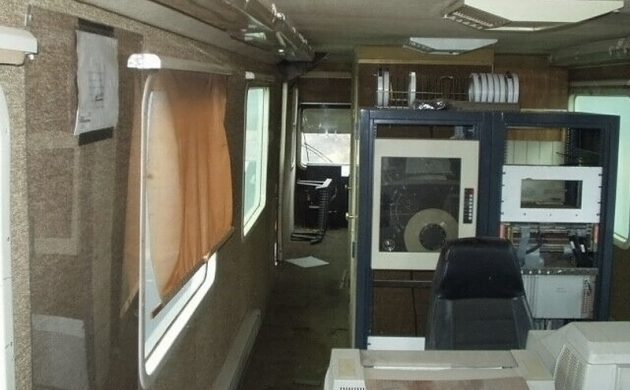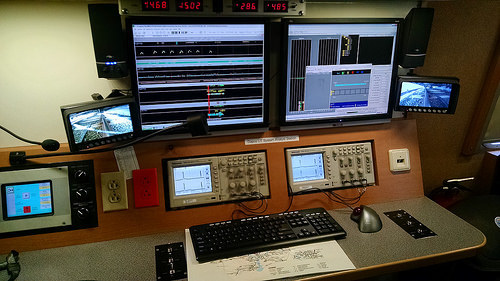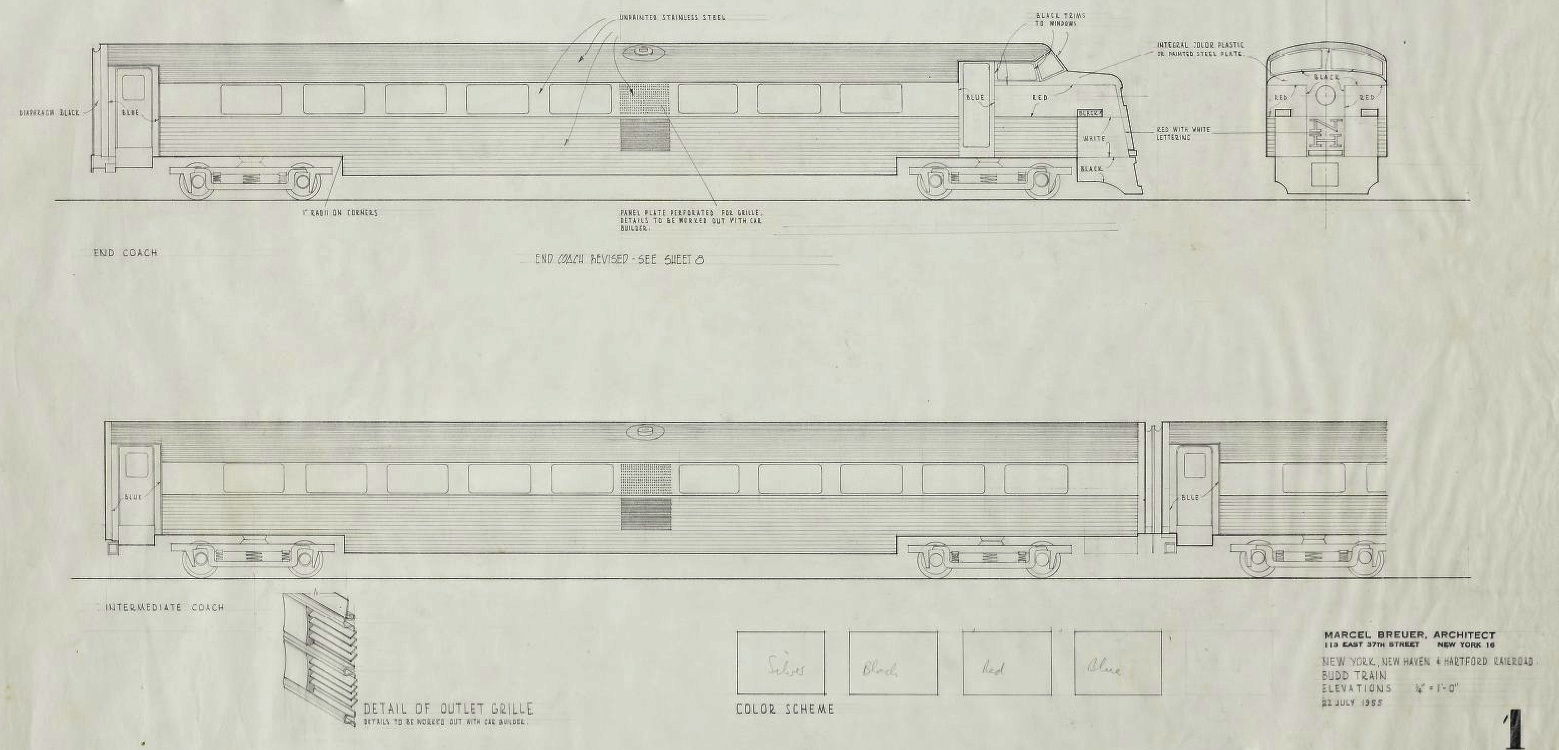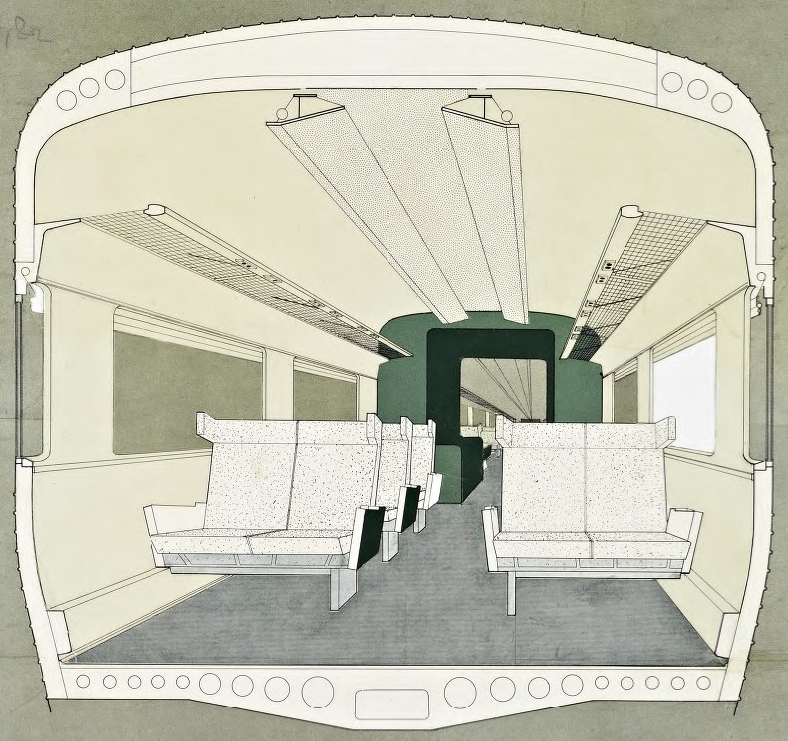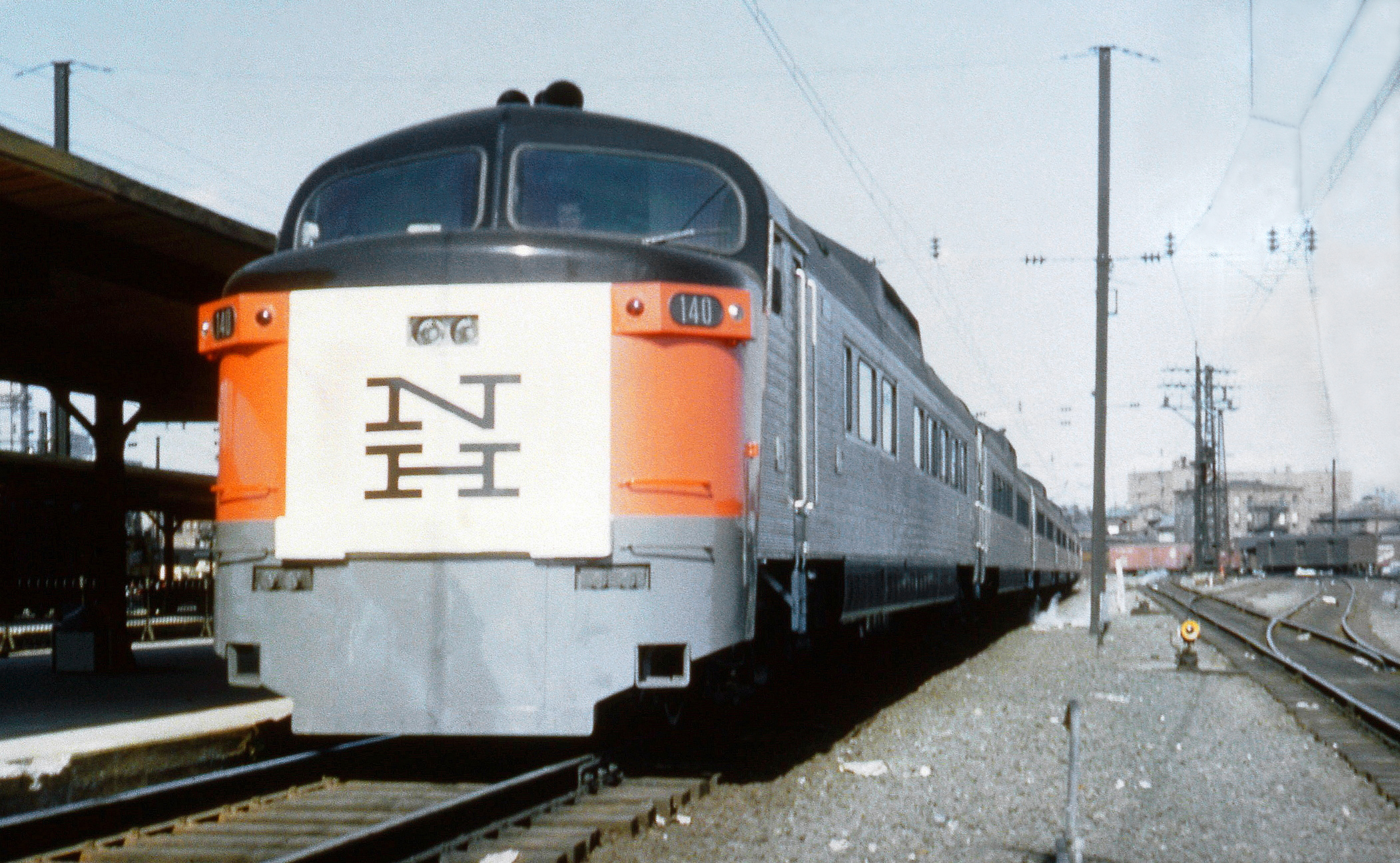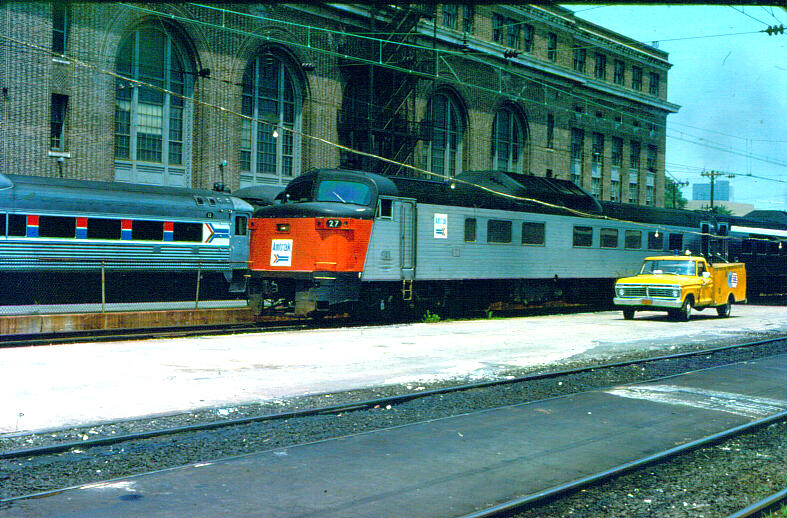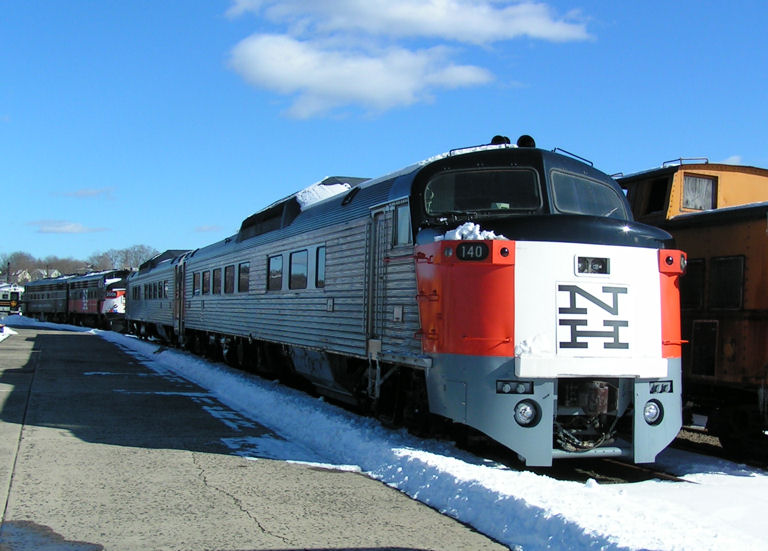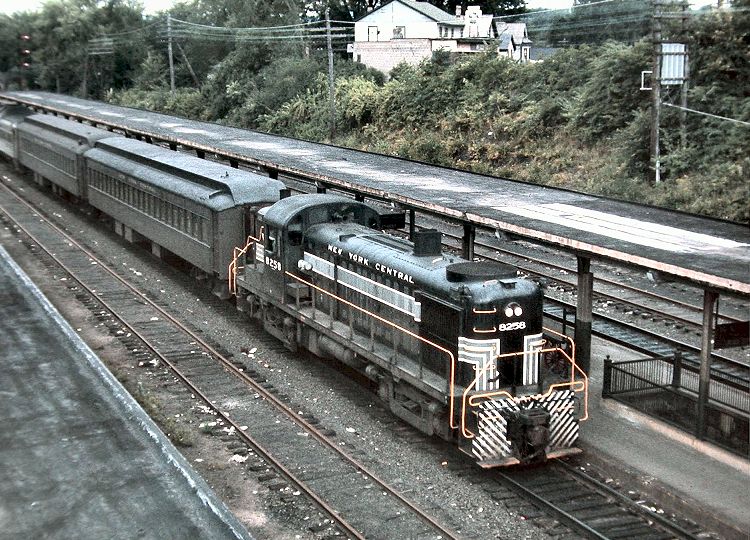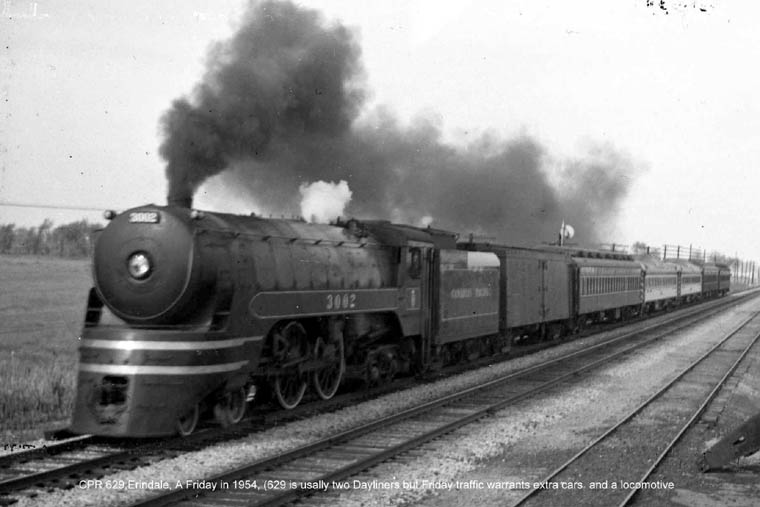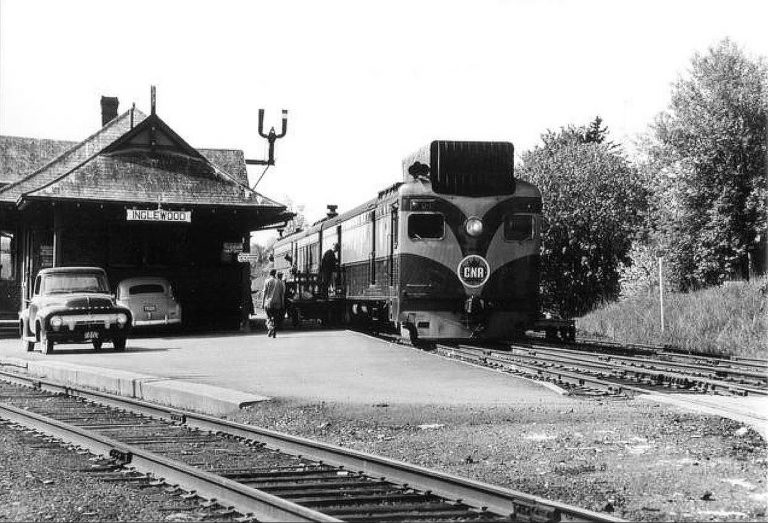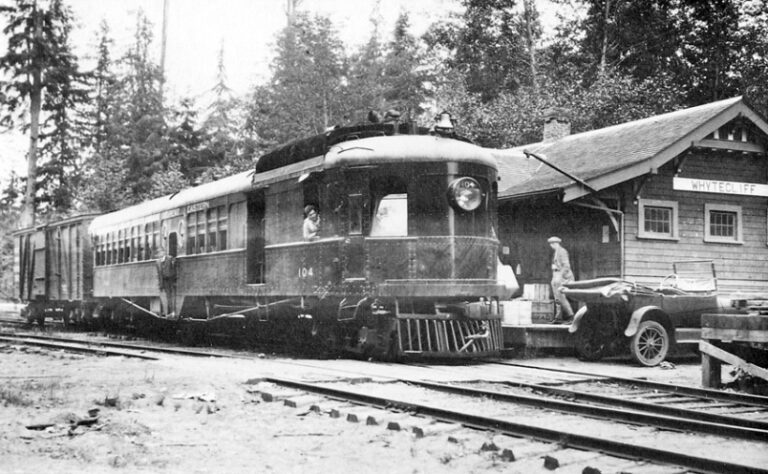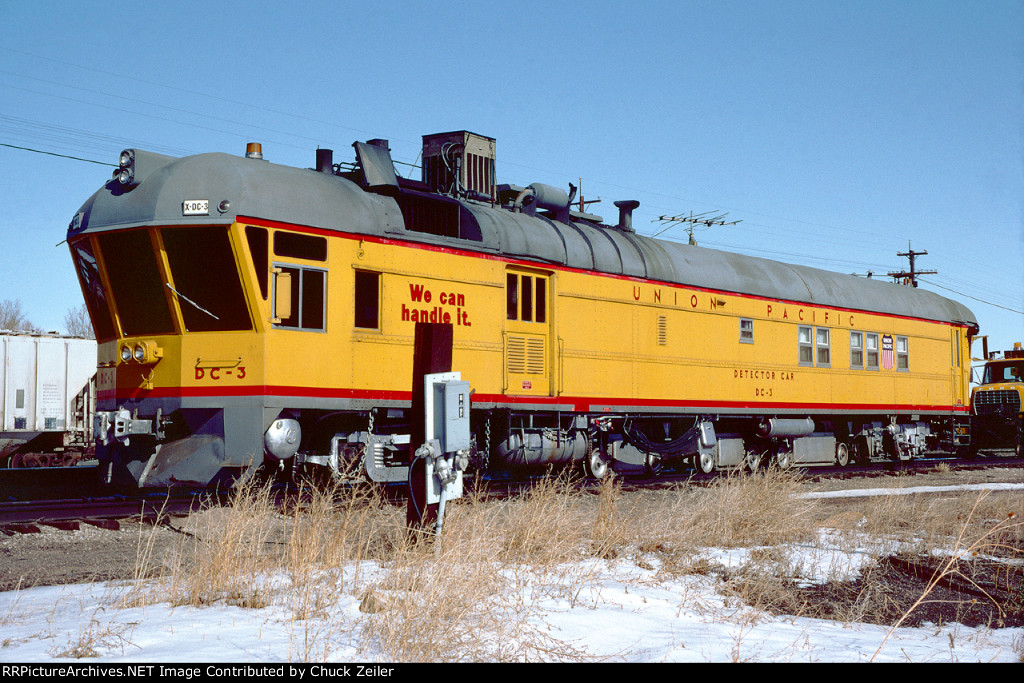So the Budd RDC was kind of a masterstroke when it came out. Now, the idea of self-propelled railcars was not new. Since the earliest days of the internal combustion engine, there had been self-propelled railcars, nicknamed doodlebugs. Budd, McKeen, J.G. Brill, GE, Fairbanks-Morse, EMC/EMD and Pullman had all produced various doodlebugs. These were essentially a combination baggage car/passenger car with a cab and controls on one end. The early ones used gasoline engines with a mechanical drive, then later ones transitioned to diesel power and then later on they went to electric drive. The idea was to save money by using them on branch lines to handle light passenger and freight traffic, where it made no financial sense to run a steam engine with a passenger car or two. Doodlebugs operated by themselves but could also tow a single passenger car or combine. The downside to doodlebugs was that they were lacking in flexibility. They did not have MU capability, so if you needed a longer train than a doodlebug and "trailer" you were screwed. Also, they only had a cab, on one end, so you needed a way to turn them at one end of the line.
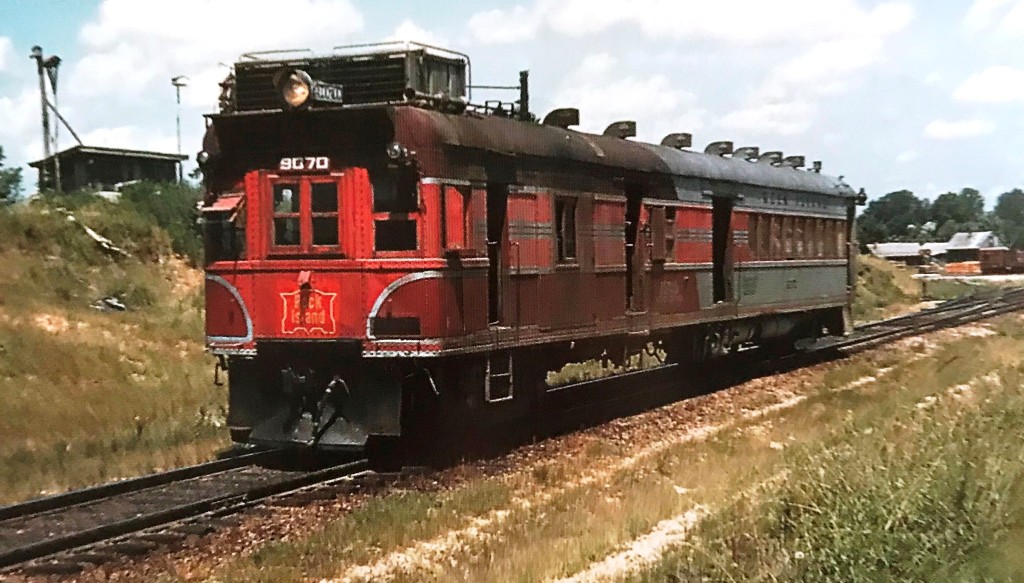
You also had EMUs, or Electric Multiple Units. These had first appeared in the 1890s. They could be used in multiple units, so if you needed a longer train, you just added more on. They had cabs on both ends, so you didn't need to turn them. The crew just went to the other end of the car or train and took control on that end and headed off in a different direction. The downside with the EMU was that you needed either overhead catenary or a third rail to operate them. When you are trying to cut costs, spending the money on electrification of branch lines doesn't make a whole lot of sense.
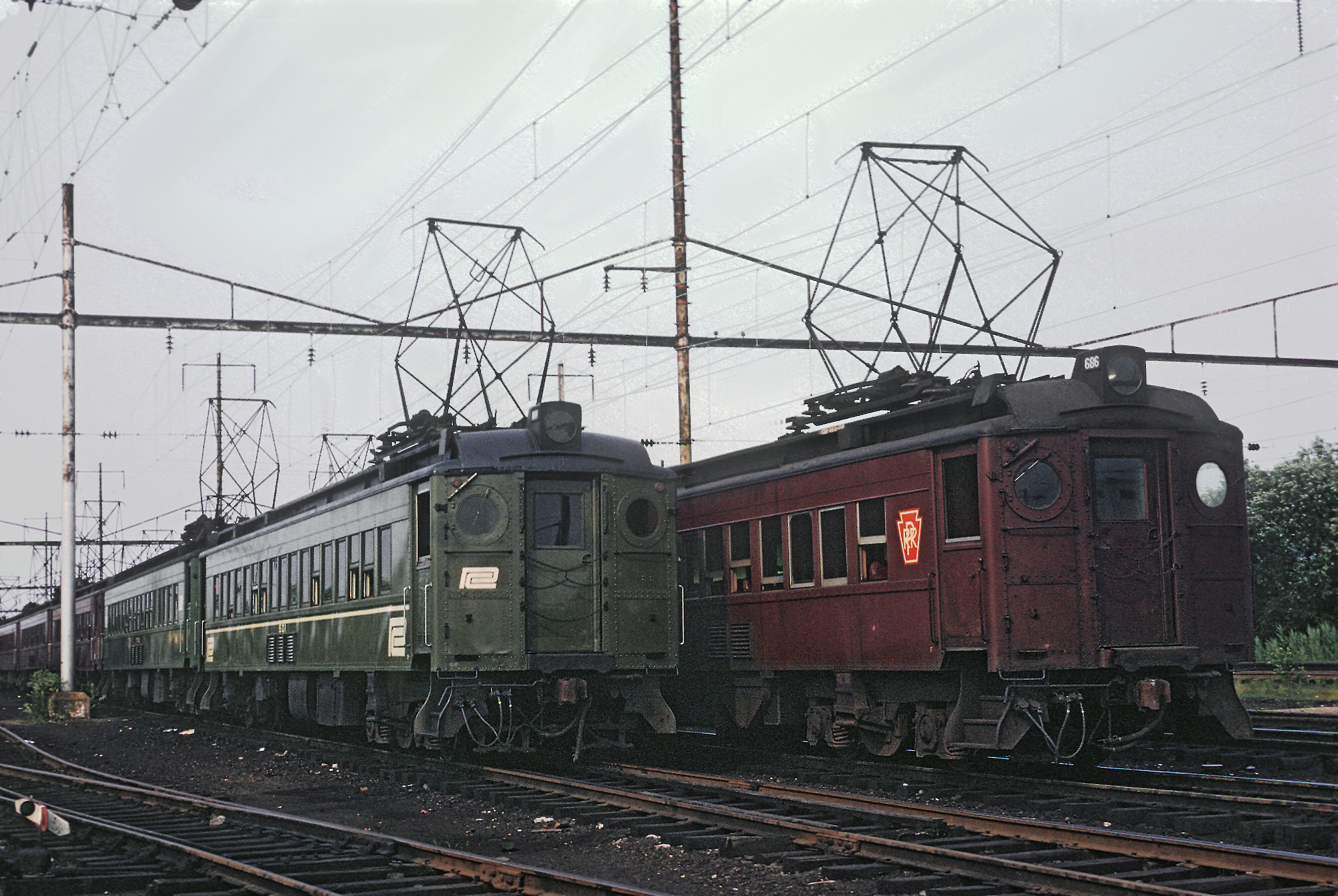
So, in 1949, as the passenger market went into freefall from it's high in 1944, Budd Company introduced the RDC, or Rail Diesel Car. The RDC was the best of both worlds: it had the flexibility and versatility in use of an EMU, while not needing the expensive electrical infrastructure like a doodlebug.

The body was the same as most Budd-built passenger cars and EMUs, except for a bulge in the roof that contained the radiator for the engine. Underneath the floor was a pair of GM/EMD 110-series engines. Following EMD naming convention, the 110 displaced 110ci per cylinder, and was a 275hp supercharged 3-stroke inline 6. One of the big advancements incorporated was the torque converter drive, rather than a gearbox like in old doodlebugs. Mechanical drive was used because it was cheaper, lighter and easier to package than a big generator. It transmitted power via driveshafts down to a right angle gearbox mounted in the trucks and powered the inboard axle on each truck, giving it a 1A-A1 configuration. Most importantly, the RDC included Multiple Unit capability, so you could hook up a bunch of them and run them together, and a control stand at each end, so you could run it in either direction without needing turning facilities.
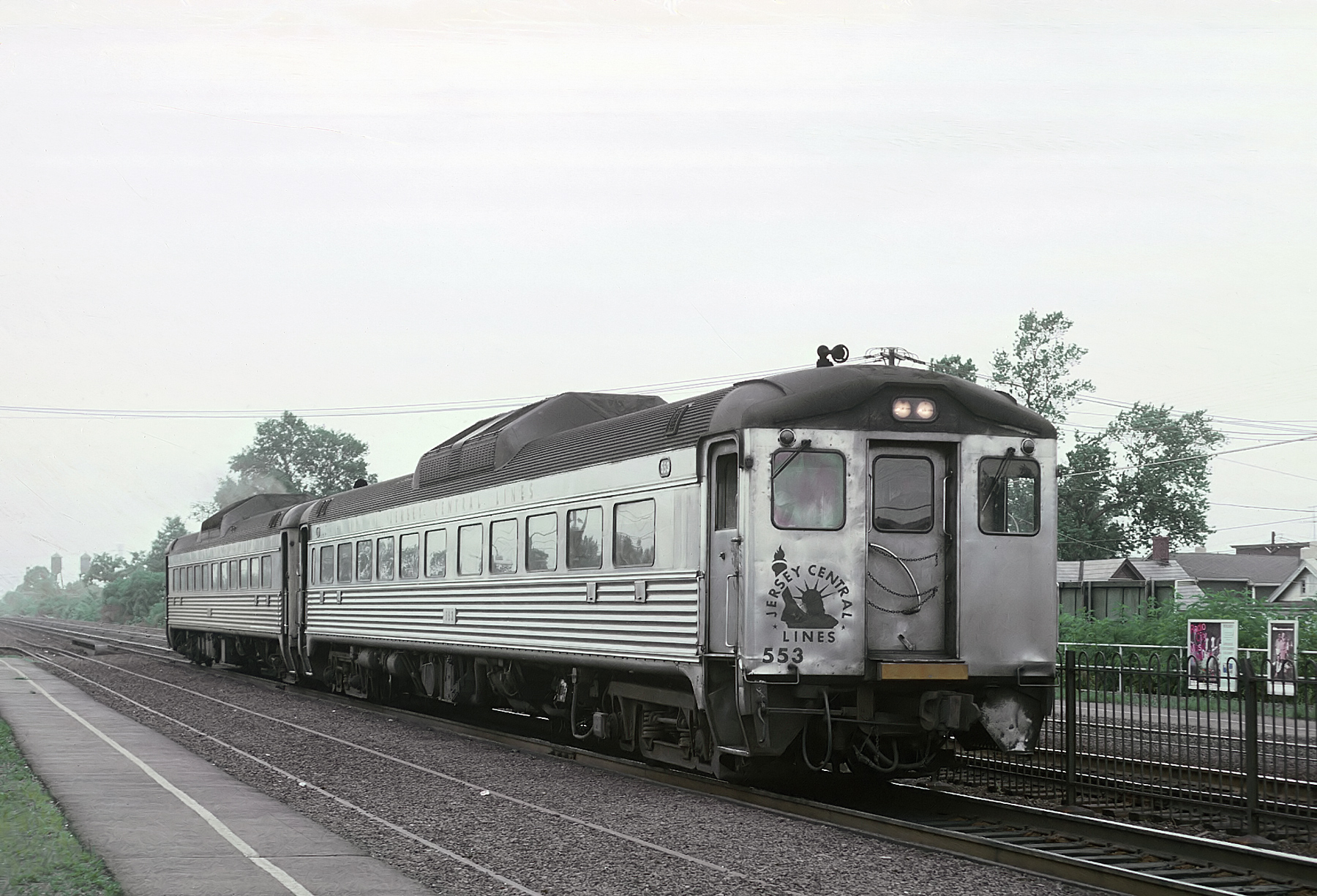
Budd would build 398 RDCs for 32 railroads between 1949 and 1962. Although intended for branch line service, many railroads rapidly pressed them into commuter service and short-haul passenger usage. Rock Island even used them in long-distance passenger service, despite Budd saying not to. Because of how cheap they were to operate, on many railroads the RDCs were the last passenger service operating. Many RDCs lasted into the 1980s and 1990s in the US, while some are still in use up in Canada. Canadian National even has one, #1501, that they have set up with all the sensor and telemetry gear to use as a track inspection vehicle.




















